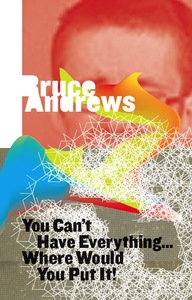
This Thursday, January 26th, humanities scholar and Duke professor Cathy Davidson will be giving a talk here at Dartmouth, at Filene Auditorium in Moore Hall at 5pm. She’ll be discussing her latest book, Now You See It: How the Brain Science of Attention Will Transform the Way We Live, Work, and Learn.
According to Davidson, “distraction is your friend.” Our brains aren’t linear, and disruptions can be welcomed. Within the midst of immense technological change, Davidson emphasizes the synergy of collaboration by difference. Collaborative digital learning and distributed multitasking become essential for 21st century learning. She advocates for re-envisioning our Industrial-age institutions, a crucial update necessary for a new world of constant connectedness, information overload, and global collaboration.
This is a preview of
Cathy Davidson to speak at Dartmouth!
.
Read the full post.












